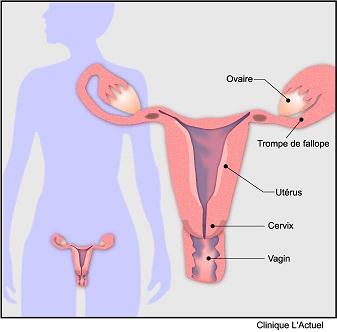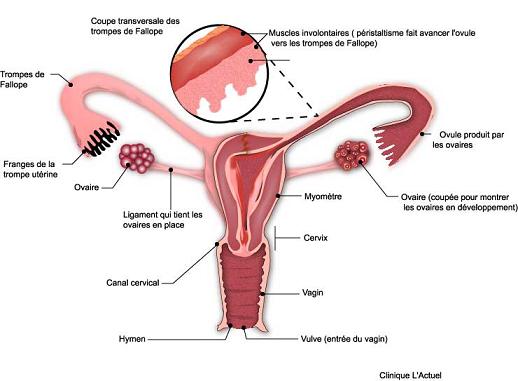Toolbox



CONTACT
|
For all comments and questions, please write to us at: [email protected] Please note that this email address is only for comments, questions, and cancellation of appointments.
For new appointment requests, please call our reception at 514 524 1001. |
CONTACT INFORMATIONS |
News • Blog
Blog
Videos
Welcome
Sexual health and LGBT population
Molluscum contagiosum
Living with HIV
Post-exposure prophylaxis (PEP)
PrEP
Toolbox
APPOINTMENTS
 |
| 1001, boul. De Maisonneuve Est, bureau 1130 Montréal Québec H2L 4P9 |
| 514 524 1001 |
| Walk-in Emergencies
Before a Visit
Cancel an appointment |
Labia majora: The "large lips" are external and protect the entrance to the vagina and internal organs. The labia majora contain numerous sweat and oil-secreting glands.
Labia minora: The "small lips" vary greatly in size and are just inside the labia majora, surrounding the vaginal orifice and urethra (urinary tube opening).
Bartholin's glands: These glands are located beside the vaginal opening and produce a fluid (mucus) secretion.
Clitoris: The small lips meet at the clitoris, a small, sensitive protrusion that is comparable to the penis in males. The clitoris is covered by a protective fold of skin, called the prepuce, which is similar to the foreskin at the end of the penis. Like the penis, the clitoris is very sensitive and becomes erect with stimulation.
The internal reproductive organs in the female include:
Vagina: The vagina is a canal that joins the cervix (the lower part of uterus) to the outside of the body.
Uterus (womb): The uterus is a pear-shaped organ that accomodates a developing fetus. The uterus is divided into two parts: the cervix, which is the lower part that opens into the vagina, and the main body of the uterus, called the corpus. A channel through the cervix allows sperm to enter and menstrual blood to exit.
Ovaries: The ovaries are small, oval-shaped glands that are located on either side of the uterus. The ovaries produce eggs and hormones.
Fallopian tubes: These are tubes that are attached to the upper part of the uterus and serve as passages for the ova (egg cells) to travel from the ovaries to the uterus.



